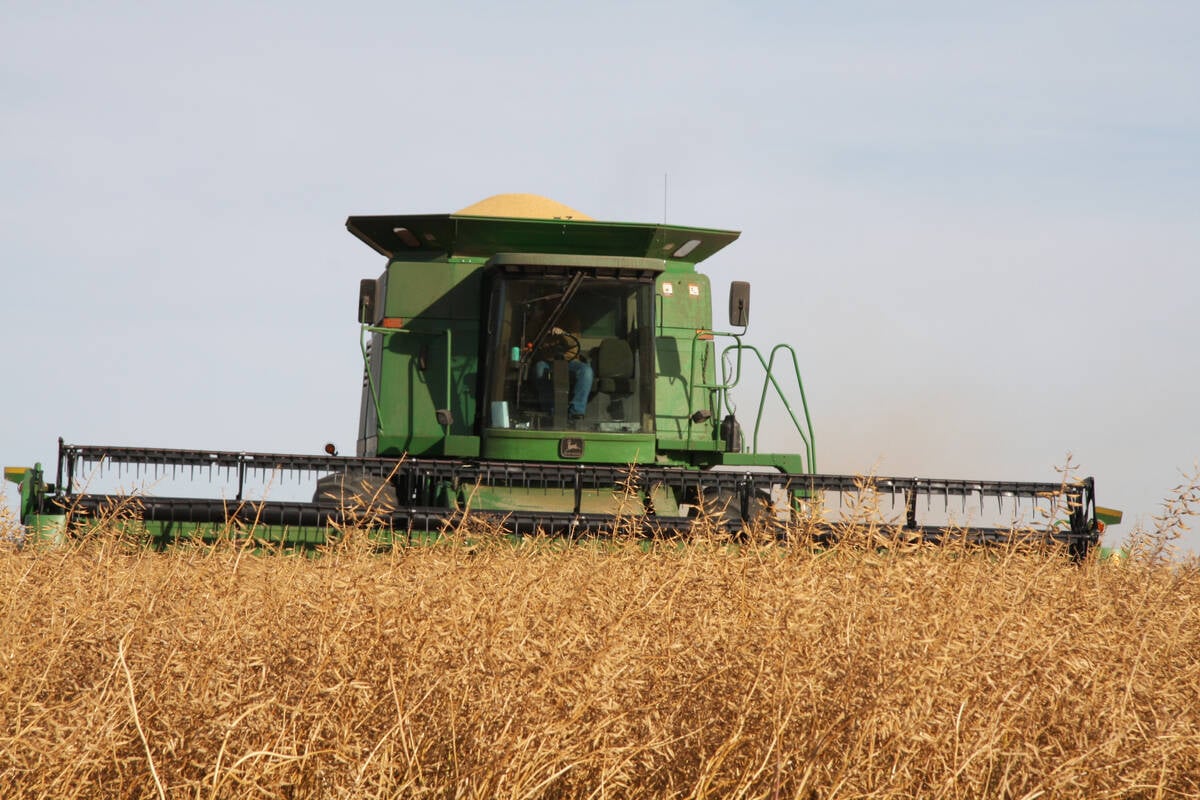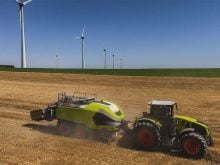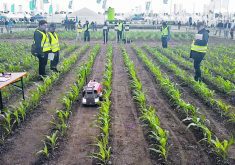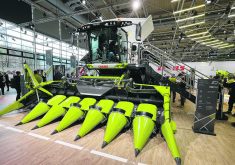Equipment manufacturers increase inventories, production at home and suppliers of critical components
Agricultural machinery companies are reducing supply chain risks by finding multiple suppliers for key components and bringing some manufacturing back to their home countries.
Agrievolution, a coalition of 13 agricultural machinery trade associations, presented an update on the global market at Agritechnica, the farm machinery show recently held in Hannover, Germany.
Secretary general Charlie O’Brien said 83 percent of respondents to a recent survey said they were finding multiple suppliers, especially for key components.
Disruptions of global supply chains for agriculture equipment during the COVID-19 pandemic left some farmers waiting weeks or months for parts and equipment manufacturing slowed or stopped in some cases because of a lack of critical parts.
Read Also

Mustard processor expands in southern Alberta
$30 million expansion for southern Alberta mustard facility adds milling capacity to largest supplier in the world of value-added milled mustard products
“Instead of many one key supplier for one component, we may have multiple ones especially if it is a key component overall,” says O’Brien.
As well, more inventory is being kept in-house by the equipment makers.
“There’s a hybrid now instead of having just-in-time manufacturing, now it’s changing to instead of just in time, just in case. So just in case, we’re going to have a little more inventory in our in our factories overall,” says O’Brien.
Just-in-time management of manufacturing meant a supplier delivered the parts shortly before they were needed in the manufacturing process and manufacturers didn’t need to invest in as much inventory, or places to store that inventory. For key components, companies are going to have more on hand.
Equipment companies are also bringing more offshore agriculture manufacturing back to their home countries.
An Agrievolution survey showed 67 percent of companies were moving some of their operations back to their home countries. That action too is a result of the COVID-19 pandemic and supply chain challenges.
All of these trends will increase costs for manufacturers and those will be passed on to retailers and farmers.
On the positive side, O’Brien says there should be less downtime for manufacturers. That should mean a more reliable supply for farmers.
Global demand for agriculture machinery varies around the world, driven by local geopolitical challenges, as well as weather.
“The agricultural machinery market in key global markets is facing numerous challenges, including high input costs, extreme weather events and economic uncertainty,” says Agrievolution chair Ignacio Ruiz.
The Russian invasion of Ukraine, involving two large commodity exporters is challenging global food and equipment flows and demand.
Tractor manufacturing in Russia decreased by 3.5 percent in the January to August period from 2022 to 2023. Combine manufacturing, however, rose 59 percent.
In North America, high input costs and the expected continued decline in the price of commodity crops will weigh on net farm income. In the United States, low water levels in the Mississippi River because of drought will affect the ability to move crops and the lack of a Farm Bill will create uncertainty.


















